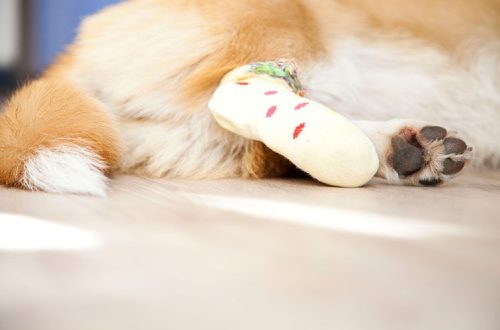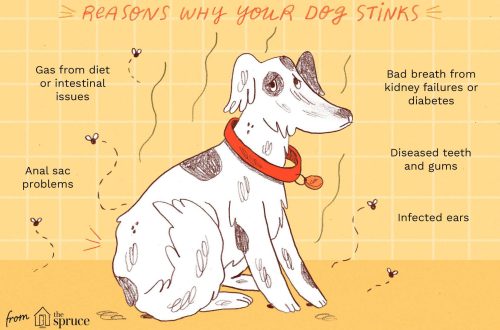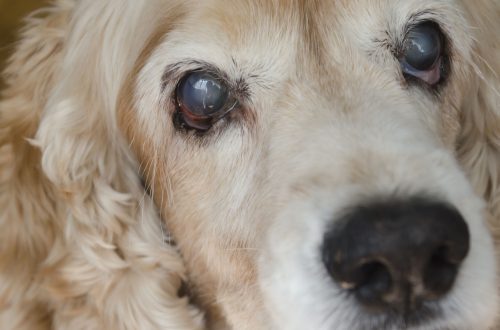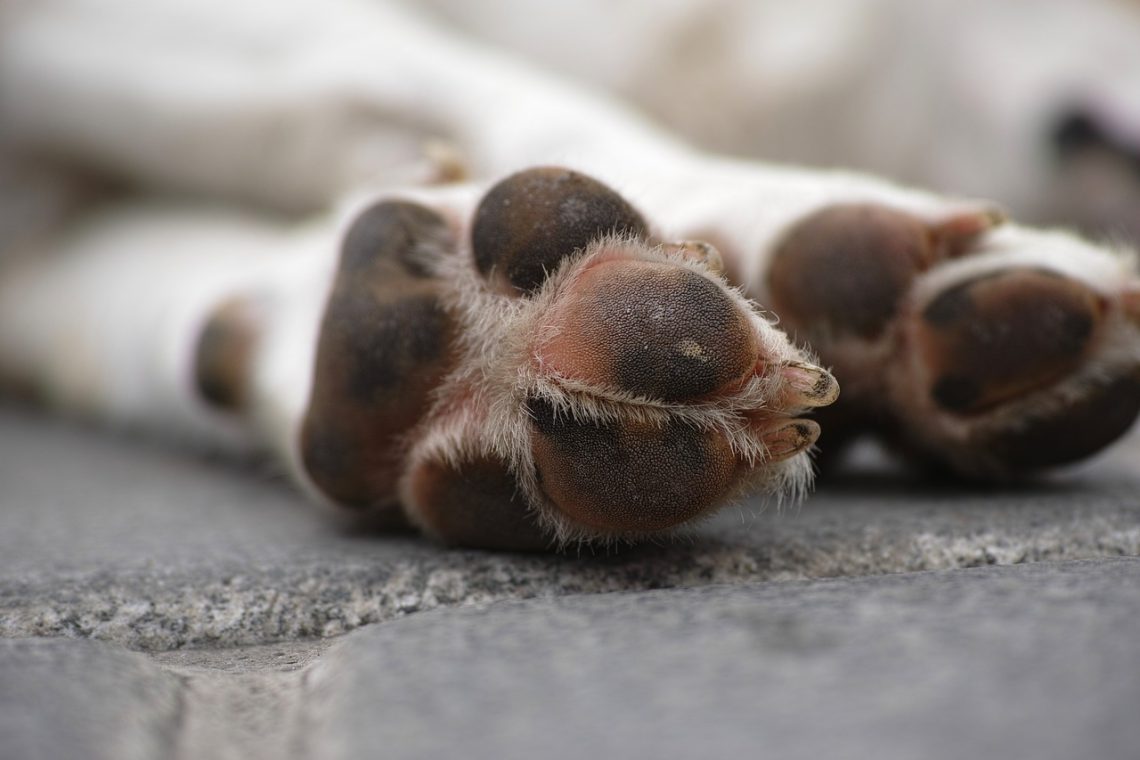
The dog erased the paw pads on the asphalt, what should I do?
If you do not notice changes in the paw pads at the beginning of the disease, then the dog will have a lameness, then a decrease in activity, refusal to walk, and frequent licking of the paws will follow. With a very neglected condition of the pads, the dog can leave bloody footprints behind him. Also, when the condition is neglected, the soft tissues of the finger can become inflamed, abscesses can form, which will lead to a general deterioration in the dog’s well-being: lethargy, refusal to feed, elevated body temperature.
Of course, you should not run the dog’s condition to such severe lesions. To avoid this, you just need to periodically inspect your dog’s paw pads if he is at risk. The best prevention is to walk on soft ground, if possible, do not allow the dog to pull hard on the leash.
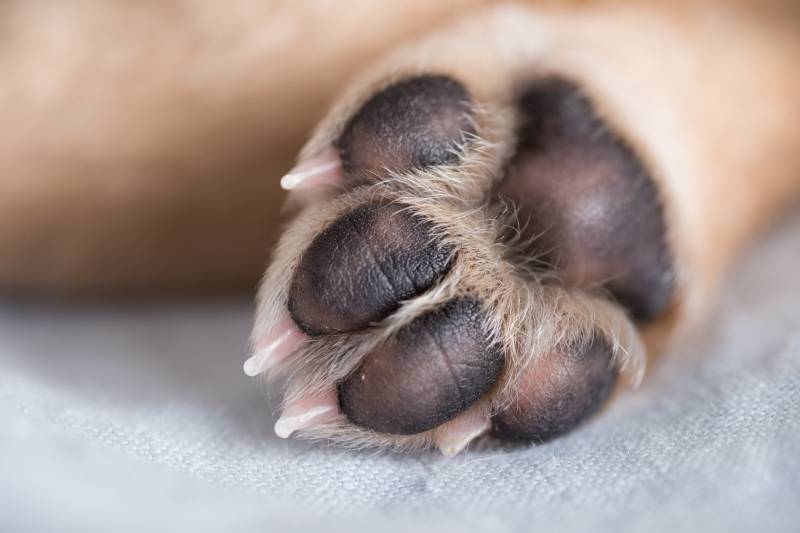
What to do if you have already found worn paw pads?
First, determine the severity of the injury. If the problem is detected at a stage when the dog does not yet have lameness and decreased activity, then you can try to resolve the situation yourself. If the dog feels unwell and has already developed severe inflammation, do not postpone a visit to the veterinary clinic.
The solution to this problem is to limit the damaging factors. The first step is to try to reduce the physical activity of the pet: walks for the duration of treatment will be strictly on a leash, the duration of the walk should be minimal, it is preferable to walk on soft ground (grass, unpaved paths), you need to put on a protective boot or bandage on the affected paw.
Often the dog, trying to help himself, begins to actively lick his paw. But this can only aggravate the situation: saliva contains a lot of bacteria, and active licking can increase the area of the wound. To prevent this, the best option would be to wear a protective collar on an ongoing basis. You can remove it only when the dog is under supervision (for example, during feeding or walking).
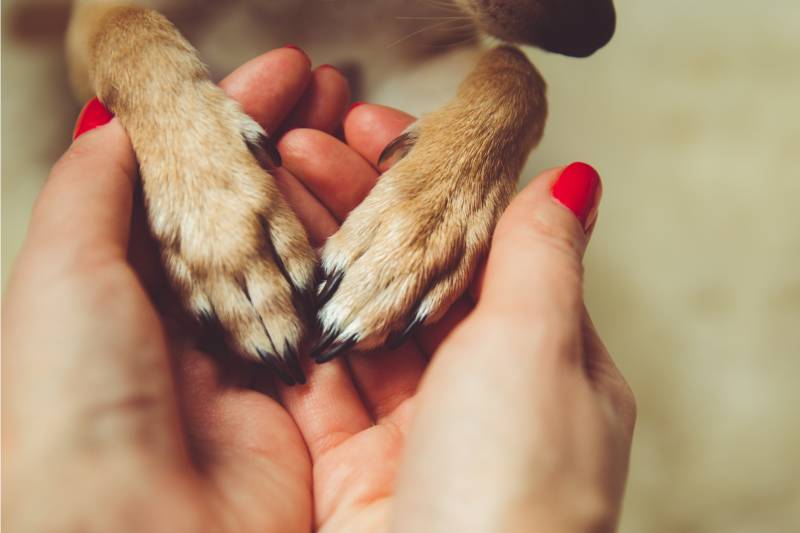
To quickly restore the pads, you can treat the affected area with Levomekol ointment.
And, of course, do not forget that the simplest and most effective is prevention. Therefore, inspect your pet regularly and do not walk on the pavement too much.



